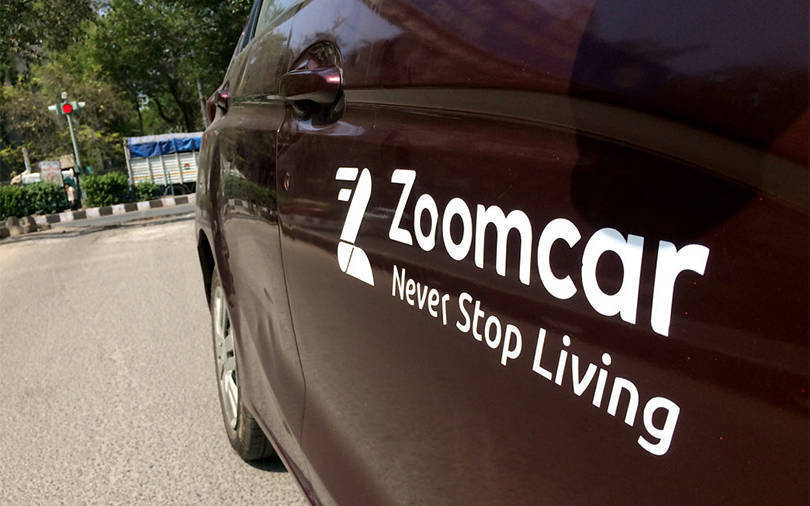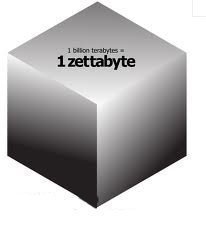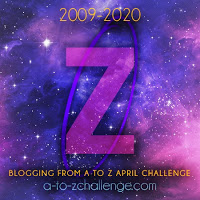Finally, In the journey so far today we reach the 26th and last letter of our series i.e. “Z”
So, let’s check out what letter Z has in store for us word wise and tech-wise.
Gen Z:
Gen Z is the newest generation to be named and was born between 1995 and 2015. They are currently between 4-24 years old (nearly 74 million in the U.S.)

Generation Z Members of Generation Z have used digital technology since a young age and are comfortable with the Internet and social media, but are not necessarily digitally literate. Most members of Generation Z are the children of Generation X.
So now I hope we all know which generation we are?
First of all, the term Generation Z may have been used in September 2000. Advertising Age article discussing changes that would take place in education over the following years as this demographic cohort entered schools. Other proposed names for the generation included iGeneration, Gen Tech, Gen Wii, Homeland Generation, Net Gen, Digital Natives, Plurals, and Zoomers. According to the Merriam-Webster Dictionary, Zoomer has been used as a nickname for members of Generation Z since at least 2016 but is still not widely used enough to justify a dictionary entry as of January 2020.
Inputs from Wikipedia
Award-winning Zoom brings video conferencing, online meetings, and group messaging into one easy-to-use application.
Zoom meetings – https://zoom.us/
Zoom Car
 Of course, letter Z will be incomplete if I don’t mention Zoom Car.
Of course, letter Z will be incomplete if I don’t mention Zoom Car.
Zoomcar is a self-drive car rental company headquartered in Bangalore, India. The company was founded in 2013 by David Back and Greg Moran. As of April, the company operates in 45 cities across the country.
Last year This year, Zoomcar has introduced the new ZAP service. Today, Zoomcar has a deal with Mahindra & Mahindra, Ford, and Tata Motors. So far, the company has attracted investment of up to $45 million. The Sequoia Capital has invested heavily in Zoomcar. At present, Zoomcar has been listed among the Top 10 Innovation Companies in India and has a new hope among its customers.
Now when it comes to technology “Z” is no behind.

Zettabyte Era
 The Zettabyte Era is a period of human and computer science history that started in one of two ways: the global IP traffic first exceeded that of one zettabyte, which happened in 2016; or the amount of digital data in the world first exceeded a zettabyte, which happened in 2012. A zettabyte is a multiple of the unit byte that measures digital storage, and it is equivalent to 1,000,000,000,000,000,000,000 [1021] bytes.
The Zettabyte Era is a period of human and computer science history that started in one of two ways: the global IP traffic first exceeded that of one zettabyte, which happened in 2016; or the amount of digital data in the world first exceeded a zettabyte, which happened in 2012. A zettabyte is a multiple of the unit byte that measures digital storage, and it is equivalent to 1,000,000,000,000,000,000,000 [1021] bytes.
The Zettabyte Era can also be understood as an age of growth of all forms of digital data that exist in the world. Which includes the public Internet, but also all other forms of digital data such as stored data from security cameras or voice data from cell-phone calls. Taking into account this second definition of the Zettabyte Era, it was estimated that in 2012 upwards of 1 zettabyte of data existed in the world and that by 2020 there would be more than 40 zettabytes of data.

Factors that led to the Zettabyte Era
There are many factors that brought about the rise of the Zettabyte Era. Increases in video streaming, mobile phone usage, broadband speeds, and data center storage are all contributing factors that led to the rise (and continuation) of data consumption, creation, and replication in the world at large.
Increased video streaming – Netflix, YouTube, Increased wireless and mobile traffic, Increased broadband speeds.
The Zettabyte Era has affected Internet service providers (ISPs) with the growth of data flowing from all directions.

Z: Zuckerberg and those three magical words: I am sorry!
a research tool that helps you to collect, cite, organize, and share your sources. Collect journal articles, PDFs, images, newspaper articles, and books from the Library’ s catalog and add your resources to your own library with one click (web).


Leave a Reply